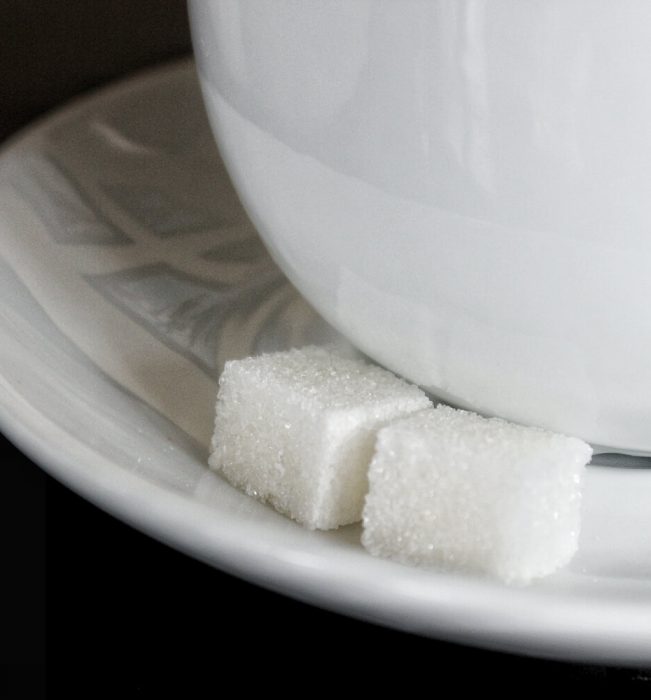
Thoughts, stories and ideas
- Sydney Davis
Do you know what makes you sick? It’s not inflammation, though inflammation happens to be a symptom of it. Here’s a hint: It’s the same thing we add to our coffee every morning, and the same thing the entire world adds to, well, everything. It’s addictive, it’s harmful, but worst of all, it tastes great!
So, what is it about sugar that’s so harmful, and how can we start cutting back?
When we think about sugar, we typically think about table sugar, or other sweeteners. Sugars are basically just fuel, or energy, for our bodies. You know, when your child has too much cake and then starts bouncing off the walls.
But aside from those simple sugars, our bodies actually break down starches and carbs and turn those into sugars too. So, you may not have a sweet tooth, but your craving for carbs is the same thing!
Some studies have suggested that sugar is just as addictive as cocaine. Thus, people enjoy that release of dopamine and endorphins – a powerful pain suppressor – that sugar brings.
When we talk about the harms and dangers of sugar, we’re actually talking about the harm of fructose, one of the compounds within sugar, the other being glucose.
Glucose is the fuel your brain, organs and muscles need to function and engage in everyday activities. It’s metabolized and used up by the cells in our body, as direct energy.
Fructose, on the other hand, is metabolized in the liver, our body’s natural filtration system. Since fructose isn’t metabolized and used as energy like glucose is, our body ends up craving more of it in order to receive that direct form of energy. But we don’t just crave more sugar, we crave more of everything else too! As a result, our liver stores this unused fructose as fat, causing excess insulin production, and that could lead to insulin resistance and type 2 diabetes. Uric acid levels are also raised in this process, which leads to increasing blood pressure and the increasing risk of obesity related diseases.
Sugar also fails to turn off the appetite mechanism in our brains that let us know when we’re full. Think about it – we could drink 20oz of soda, and it would feel much differently than if it were 20oz of water. This is because we have no off switch for fructose like we do for every other food!
Now, the health community has started steering us towards seemingly healthier options, such as agave, or honey. And sure, while some of these have extra nutrients than processed sugar, the difference is slim. Honey, for example, only contains about 2% nutritional content. It’s not much, and we’re easily able to get these from other foods with a great deal of ease. But since we have this idea that healthier alternatives are, in turn, healthy, we will typically eat much more of it. And did you know that agave can be anywhere from 70-90% pure fructose? High fructose corn syrup is only 60%, at most.
So now that you know sugar is, well, bad.. What do you do? Well, the good news is, the ZOË 60 plan is designed to limit your sugar intake, so let’s focus on what you can do after this program!
Your first step is to decide whether you want to quit cold turkey, or just cut down slightly; knowing your end goal ahead of time will make this much more successful. Next, get some sleep! Getting less than 8 hours of sleep a night drives you to overeat to compensate for the lack of sugar-boosted energy. Also, don’t drink your calories, eat them. Now that you know sugar comes from carbs too, you should be better conscious of the kinds of carbs you’re eating, including starchy vegetables! Cutting down on sugar can start with a simple change of adding just one less scoop of sugar to your coffee.
You’re doing a wonderful job in your journey so far, and we are so proud of you!
